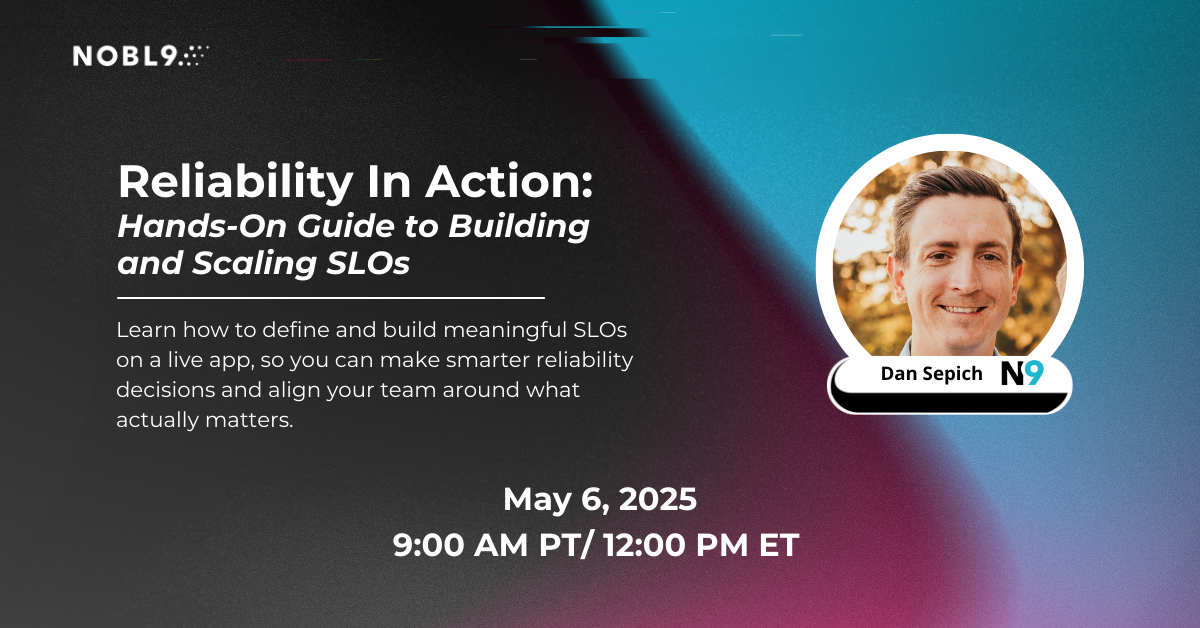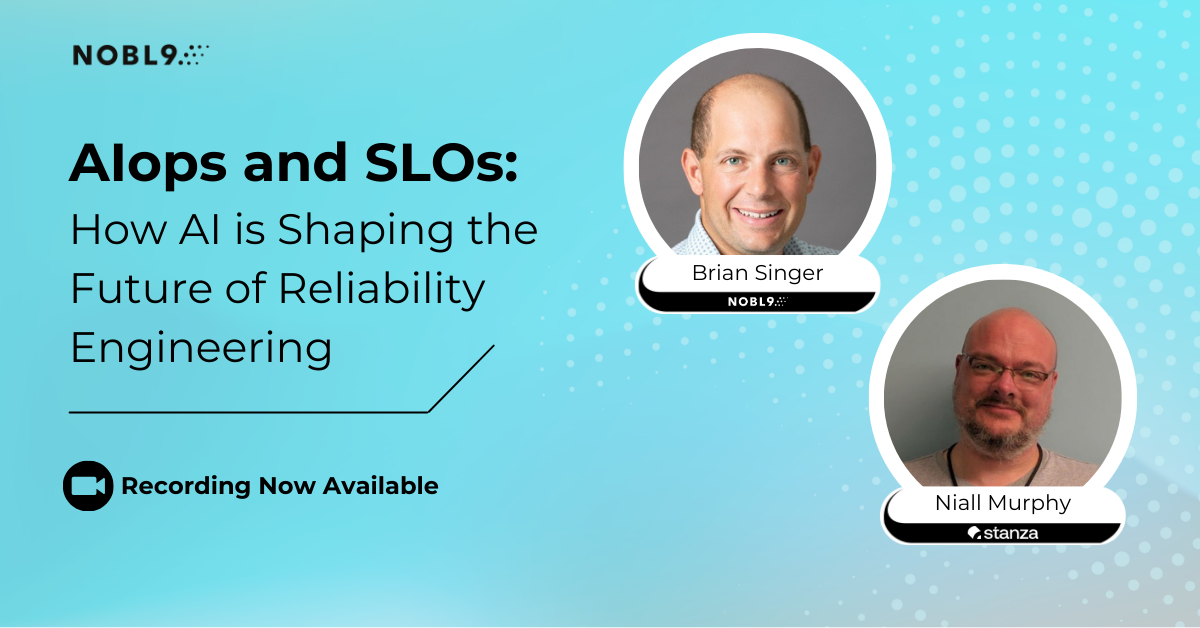More by Olga Andrzejewska:
Extending Lightstep and Dynatrace Support| Author: Olga Andrzejewska
Avg. reading time: 2 minutes
Authors: Olga Andrzejewska & Krzysztof Konieczny
SLO industry leader Nobl9 is happy to announce the addition of support for two new data sources, bringing the total number of provided data source integrations to 24. Customers that use Google Cloud Services or keep their data in InfluxDB can now seamlessly create Service Level Objectives (SLOs) and measure reliability using Nobl9.
Google Cloud Monitoring as an SLO Data Source
Google Cloud Monitoring (GCM) is an integrated service that gathers metrics and monitors the performance of services and APIs hosted on Google Cloud Platform (GCP). In addition, you can use the BindPlane tool to ingest data from over 150 common application components, on-premise systems, and hybrid cloud systems into GCM. By integrating with this service, Nobl9 opens up new possibilities to create meaningful SLOs for your business.
GCM is the second GCP integration (after BigQuery) that Nobl9 supports. GCM and BigQuery have a similar authentication model: simply provide your Service Account Key when setting up a Direct or Agent connection to the GCM data source (through the UI or YAML) and you’re ready to go.
Configuring a Direct connection to GCM
To start measuring your system’s reliability, you’ll need to provide a Project ID and paste in your Monitoring Query Language (MQL) query.
GCM SLO with a sample MQL query
If you are interested in more information on the GCM or other integrations, visit the Nobl9 documentation.
InfluxDB as an SLO Data Source
InfluxDB is an open source time series database that stores and retrieves data from various sources, ranging from operations monitoring to, application metrics, Internet of Things (IoT) sensor data, and real-time analytics. It uses a large selection of algorithms depending on the data type: (timestamps, floats, integers, Booleans, or strings), and its high-performing engine can ingest millions of data points per second. Querying and processing of data in InfluxDB is supported by Flux, a query language developed by InfluxData.
Now, you can leverage your InfluxDB monitoring inside the Nobl9 platform and improve your service reliability by forecasting future events more accurately than ever before.
Nobl9 supports Agent and Direct connections to InfluxDB. To authenticate, all you need to provide is an API Token and Organization ID. For detailed instructions on how to configure your InfluxDB data source in Nobl9, consult the documentation.
Configuring a direct connection to InfluxDB
Once the connection is set up, you can create your desired SLO. You have two Metric options: Threshold or Ratio. Make sure your Flux query under the selected metric contains a bucket value (where your time series data is stored in InfluxDB) and two parameters to define the time range of your query: params.n9time_start and params.n9time_stop.
InfluxDB SLO with a sample Flux query for a Threshold Metric
InfluxDB SLO with sample Flux queries for a Ratio Metric
Direct and Agent connections to both InfluxDB and Google Cloud Monitoring are available to all Nobl9 customers starting from version 1.33.
Don't wait-- you can get started with SLOs today! Create a free Nobl9 account at nobl9.com/signup.









.png?width=1200&height=628&name=Building%20Reliable%20E-commerce%20Experiences%20(24).png)
.png?width=1200&height=628&name=Building%20Reliable%20E-commerce%20Experiences%20(22).png)
.png?width=1200&height=628&name=Building%20Reliable%20E-commerce%20Experiences%20(19).png)






Do you want to add something? Leave a comment